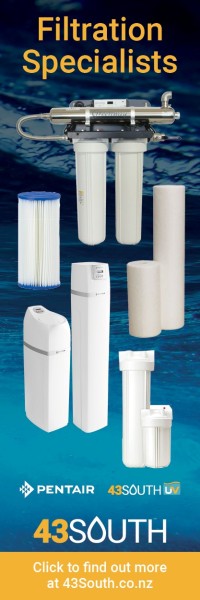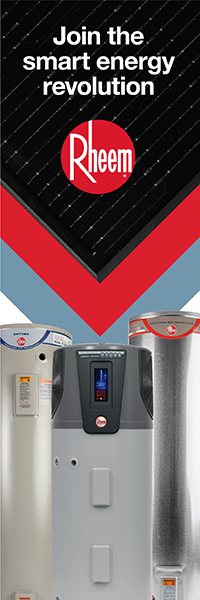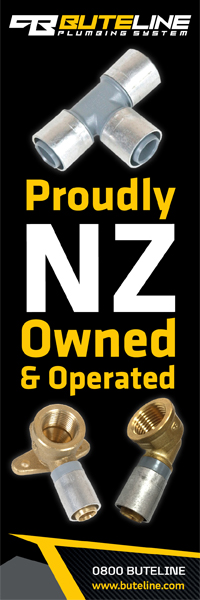Supplying water for rural firefighting
11 July 2023
When firefighters arrive at a fire, they need immediate access to water supplies to put the fire out. Fire and Emergency New Zealand give the lowdown on what rural plumbers need to know.
Some water to put out fires is carried in fire trucks, but firefighters can’t rely on this being enough to combat a large fire. In urban areas with reticulated water supply, pumps and hoses can be connected straight into the main supply through hydrants.
Where there’s no reticulated water supply—as in many rural areas—Fire and Emergency brigades use a combination of large tankers and other water sources, such as creeks, dams, ponds, lakes, swimming pools, or households’ private water storage to fight fires.
 Code of Practice
Code of Practice
In 2008, the New Zealand Fire Service (now Fire and Emergency New Zealand) published the Firefighting Water Supplies Code of Practice, which sets out how much water is needed to fight fires.
For reticulated areas, it describes the water pressures required when sourcing from the main water supply.
For unreticulated areas, it details how much water households or commercial buildings must store nearby for firefighting use.
These amounts must be accessible 365 days a year, so tanks need to be marked with the minimum required level to prevent usage dipping into the water reserved for fires.
The Code of Practice also provides details for installing connections to water tanks, and how to ensure the water can be accessed for firefighting use.
Around half of New Zealand’s district councils have adopted the Code of Practice, so compliance with it is required in those districts under local bylaws.
Other district councils either reference parts of the Code of Practice or have introduced individual rules into their District Plans to detail water supply requirements.
Plumbers who need to provide a water supply for firefighting need to check with local councils what the requirements are for the district they’re working in. Fire and Emergency can also provide advice on this.
Where the water supply is stored in tanks, they can be filled from a bore, trucked in, or collected from rainwater harvesting.
Fire and Emergency can review a particular situation and approve lower minimum water storage than what’s set out either by the Code of Practice or the local council.
Fire and Emergency is currently starting work with Standards New Zealand to develop a new Code of Practice.
Home sprinklers
Homes which have sprinklers installed don’t need to store as much water for firefighting, as sprinklers can control a fire in its early stages, prevent property loss and even save lives.
While home sprinkler systems need to be designed by a qualified designer, they can be installed by plumbers.
These are often integrated as part of the main plumbing system in a house and should be looked at as an enhancement to a standard plumbing system.
Some plumbers install these systems as an additional funding stream for their business.
To learn more about home sprinklers, visit https://fireandemergency.nz/home-fire-safety/smoke-alarms-and-other-safety-devices/home-sprinklers/














































